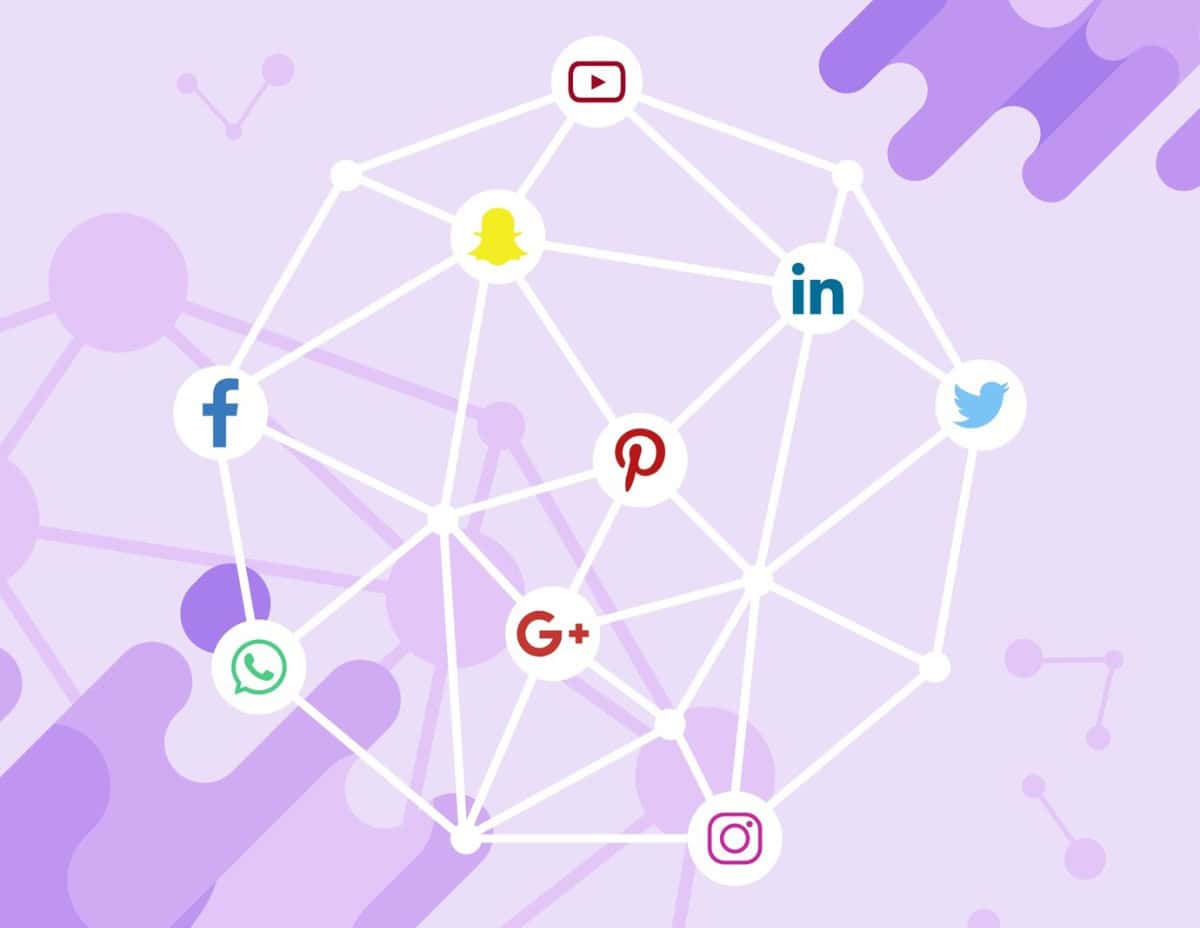Think of your business as a stall in a busy marketplace. To attract customers, you need more than just a spruiker, sign or bright lights. You need to communicate with your customers and be present in different ways and places.
Multi-channel marketing helps you connect with people across various platforms, making it easier for them to find and engage with your brand, and help boost your business’s visibility and drive sales. Here are five ways you can create a powerful multi-channel marketing strategy.
Key Takeaways: Multi-Channel Marketing Benefits
- Multi-channel marketing helps businesses connect with more people and increase visibility.
- Using the same branding and messaging across all channels builds trust with customers.
- Analysing customer behaviour helps businesses refine their marketing efforts for better results.
1. Create a strong LinkedIn presence
Why it’s important
LinkedIn is the go-to platform for professionals. With millions of users, it’s a great place to connect with potential customers and industry leaders. Having a strong presence on LinkedIn helps you build relationships and generate valuable leads.
How to do this
Optimise your profile
Make sure your LinkedIn profile has a clear photo, a strong headline, and a summary that shows what you do. Spend time each week (half an hour should do) updating your LinkedIn profile by commenting and sharing posts. This helps you appear active and stay on top of what your connections are up to.
Share valuable content
Post articles or updates that are relevant to your industry that are interesting and helpful. This keeps your network engaged and positions you as someone knowledgeable. Set a goal to engage with a certain number of industry professionals each month (even if they are existing contacts – they don’t necessarily need to be new ones). And. Stick. To. It!
Engage with your network
Comment on posts, join discussions, and participate in relevant industry groups to expand your connections. Join a LinkedIn group related to your field and try to contribute to the groups discussions on a weekly basis. It will help you connect more deeply with likeminded professionals, and you may even learn a thing or two.
It may also help to allow space in each month, such as one or two posts on LinkedIn, to focus on trending topics or events. This helps you stay in the know and shows you have an interest in what may impact your industry or the wider community. In other words, you’re able to contribute to the discussion at the proverbial watercooler.
2. Use supporting touchpoints
Why it’s important
Supporting touchpoints are the different ways customers can interact with your brand, such as:
- social media
- websites, and
- physical stores.
Consistent messaging across these channels helps build trust and improves the customer experience.
How to do this
Synchronise campaigns
Share promotional messages across all your channels at the same time. This helps you communicate with all of your customers or customers with the same messaging at the same time. To do this, you could create a content calendar that outlines when and where you will share campaigns. Proper planning prevents poor performance.
Create cohesive branding
Keep your visuals and messaging consistent across all platforms. Use design guides for social media posts and emails to keep branding consistent. It looks professional and trustworthy to users. Canva is a great tool for establishing templates for future use.
Monitor customer interactions
Use analytics tools, such as Qualtrics, to see how customers engage with different touchpoints. Review customer feedback as soon as it comes in from your channels to find areas for improvement. Also, connect with your customers and ask them to share their opinions on how you can serve them better.
3. Focus on email remarketing and nurturing
Why it’s important
Email is one of the best ways to nurture leads at scale. Send targeted emails to people who have shown interest with your business, but haven’t converted yet. This can give them a gentle nudge to take next step – such as booking time for a sales call.
How to do this
Segment your audience
Divide your email list based on customer behaviours or interests. We suggest creating at least three audience segments based on user behaviour (such as past purchases). This way you can easily send customised messages that speak to these segmented individuals interests or desires.
Craft compelling content
Develop automated emails for these segments. Make sure the emails provide value, such as a link to download a free eBook or discount code, and encourage engagement from the message recipient, like a performance rating survey asking how they would rate your service.
Write attention grabbing subject lines and include useful content that meets the needs of your audience. Consider using a copywriter or conversation designer for this. Their expertise can be a gamechanger when it comes to accurately communicating with customers.
Automate follow-ups
To save time, set up automated follow-up email responses to your nurtured leads. Monitor open rates and click-through rates every month and adjust your email strategy where needed. When you have a response from a nurtured lead, let your sales team take control of the conversation.
4. Engage with your audience through social media
Why it’s important
Social media is essential for building brand awareness and connecting with your community. It offers a direct communication line with your customers, which can strengthen relationships.
How to do this
Create platform-specific content
Alter your content for each social media platform. For example, use Instagram and TikTok for videos or photos, use LinkedIn for thought-leadership captions or posts. Schedule regular posts across all social media platforms using tools such as Buffer.
Encourage user interaction
Most people love sharing their opinions. Ask questions or create polls to engage with your audience. Host monthly Q&A sessions or live streams on your Instagram or LinkedIn to interact directly with followers.
Monitor trends
Things move at lightning speed in the digital world. It’s important to stay updated on social media trends so your content remains relevant. Track engagement metrics (likes, shares, comments) weekly to see what content resonates most with your audience.
5. Build for the long-term using data
Why it’s important
Data-driven marketing involves using analytics to inform decisions about your strategies. Understanding customer behaviour through data can help you improve your service continuously.
How to do this
Invest in quality analytics tools
Google Analyticsor HubSpot can effectively track user interactions across channels. Set up monthly reviews of your analytics data to assess performance across all channels. Then, adjust your communication strategies accordingly.
Review performance metrics
Check which channels drive the most engagement and conversions. Identify key performance indicators (KPIs) relevant to each channel – such as conversion rates. This can be done monthly, but weekly is great as well, especially if you’re focussing on LinkedIn conversions.
Adjust strategies accordingly
Nothing’s worse than a business opposed to change. Be flexible in changing your marketing strategies based on what your data tells you – with a sprinkling of intuition, of course. Test different strategies based on these insights and adjust as needed for ongoing optimised performance.
Let’s bring everything together
Multi-channel marketing can truly help your business stand out. But only if it’s done well. If you need help navigating this landscape, consider partnering with Higher Ranking. Contact us today to learn how we can support your growth!










